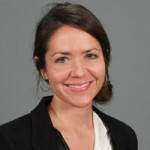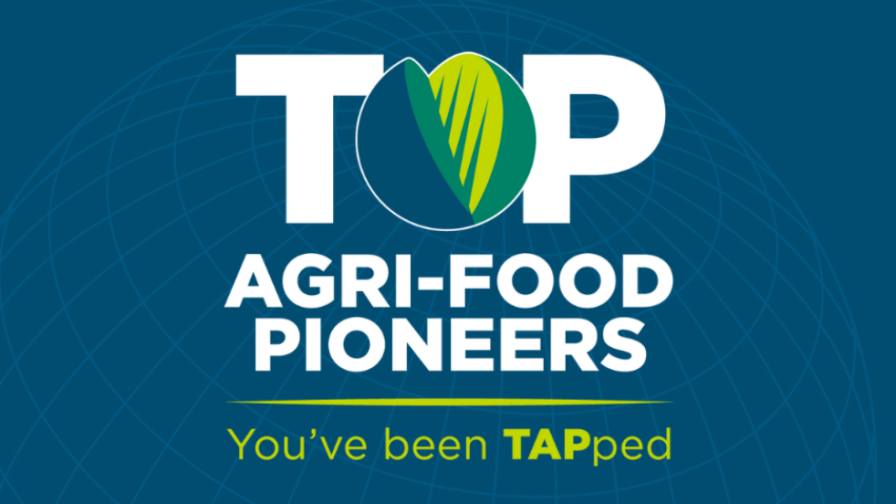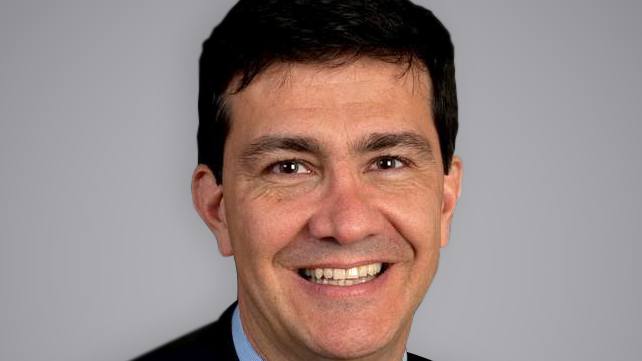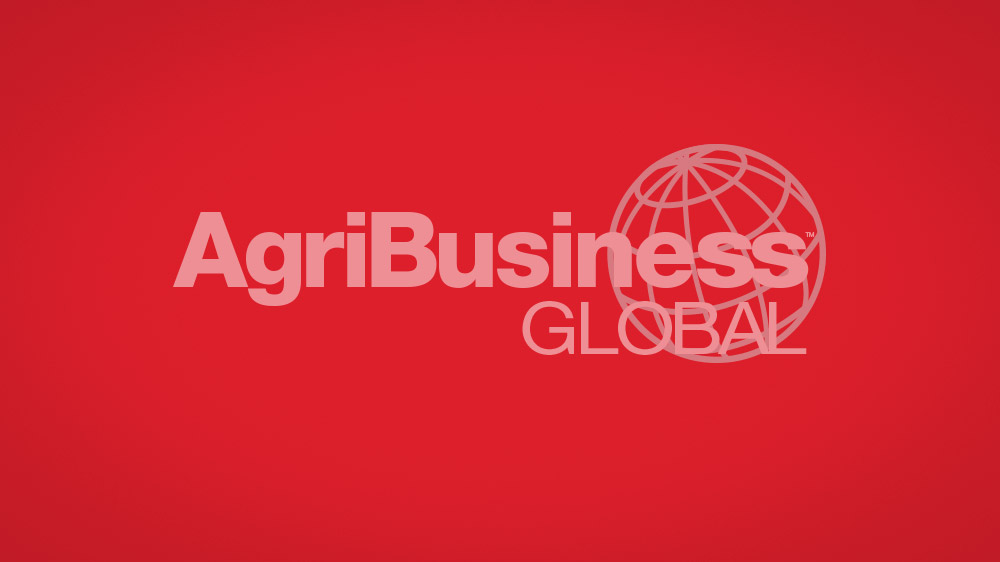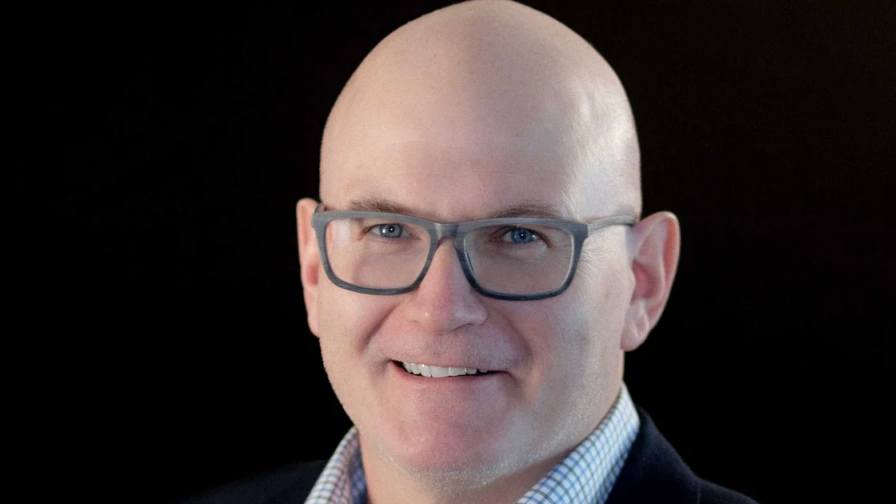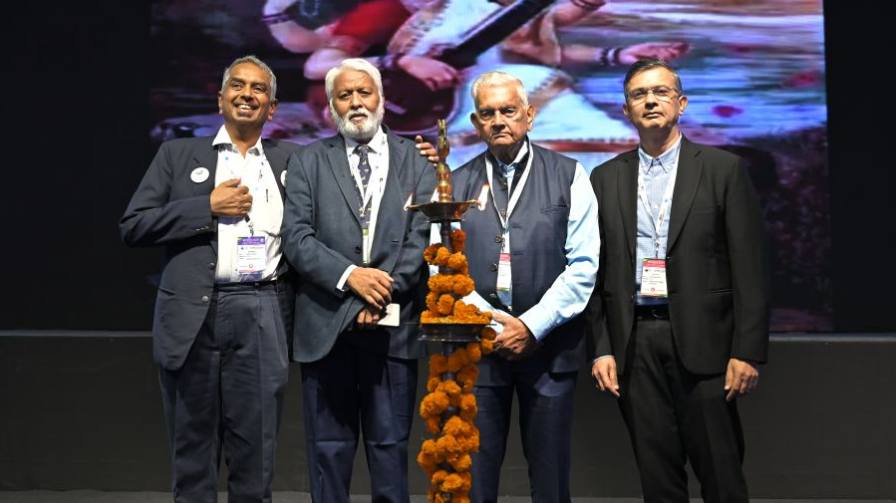BASF Expects ‘Slight Growth’ for Agrichemicals in 2012
Germany’s BASF said sales for its crop protection business fell slightly at the end of last year, but it sees the trend reversing in 2012 on strengthening emerging markets, underpinned by higher commodity prices.
Weighing on the growth prospects of the world’s largest chemical maker are the debt woes in Europe and North America, areas that accounted for the vast majority (63%) of its agrichemical sales last year.
No different from other Big 6 firms, BASF is looking to markets like China and India to lift the business. “We expect the global economy to pick up speed over the course of 2012 following a moderate start. Uncertainties due to the sovereign debt crises, in particular in Europe and the United States, will dampen growth prospects. Positive impetus for the chemical industry will again mainly come from the emerging markets,” CEO Kurt Bock said on a conference call.
“We expect slight growth in the market for agricultural chemicals in 2012,” said the company’s annual report released on Friday. Commodity prices “will continue to be highly volatile and remain above the historical average … We see major growth in Asia, particularly in China and India.” Exchange rates of important currencies will also play an important role in its business this year, it said.
Agricultural Solutions unit sales – which made up 5.7% of its total sales in 2011 – slipped in the fourth quarter to $1.14 billion versus $1.11 billion in the same period a year ago. It cited “portfolio optimization measures and pre-buying by customers in the third quarter in South America.” Broken down by region, sales in Europe were driven by year-end business in France, where it launched its Xemium fungicide. In North America, sales rose on higher fungicide sales.
Full-year sales for Agricultural Solutions still edged up 3% to $5.6 billion. BASF benefited from higher volumes in Asia and South America – which together made up about one-third of sales – riding a wave of strong commodity prices and high liquidity in the ag sector. However, not all was rosy in 2011. Depreciation of the US dollar hurt sales, and drought in key markets in Western Europe cut demand for fungicides in the first half of the year.
Other points of strength for the year were demand in Eastern Europe and higher sales volumes in Asia and South America, as well as insecticides for sugarcane and its Standak seed treatment in Brazil.
Based on customer location, BASF increased overall sales, not including its Oil & Gas business, in emerging markets year-on-year by 17% to $28.6 billion – accounting for about one-third of sales. “We want to considerably expand our sales with customers in emerging markets and aim to achieve 45% of total sales (excluding Oil & Gas) in these markets by 2020,” CFO Hans-Ulrich Engel said.
BASF boosted crop protection R&D spending to $555 million in 2011, or about 10% of sales. BASF began selling its carboxamide fungicide Xemium in France late in the year, and this year will launch the product in 50 more countries for use on more than 100 crops. It is working on two herbicide tolerance projects: Cultivance soybeans in partnership with Embrapa in Brazil and a dicamba-tolerant cropping system with Monsanto. It is targeting a 2013 rollout for Cultivance in Brazil, while the dicamba system is expected to be introduced in soybeans in the US and Canada around 2015. Three more active ingredients, and a new business called Functional Crop Care to help farmers manage agricultural resources and reduce crop stress, are in the works.
The company will continue to spend on production capacities for agrichemicals in the range of about $269 million per year “over the next few years.” It invested $202 million last year, primarily for expanding capacity for Xemium and formulating its fungicide F 500 in North America.
BASF also said it will concentrate its genetically modified plant business “more on the main markets of North and South America” starting in 2012. Earlier this year it announced it will close its Plant Science unit in Germany due to Europeans’ lack of acceptance of GM science, and relocate the business to its US headquarters in Research Triangle Park, North Carolina. The move ends all of its projects aimed at the European market, including its GM potatoes Aflora, Amadea, Modena and Fortuna, effective this year.
It expects overall growth in chemical production, excluding pharmaceuticals, to rise 4.1% in 2012.
